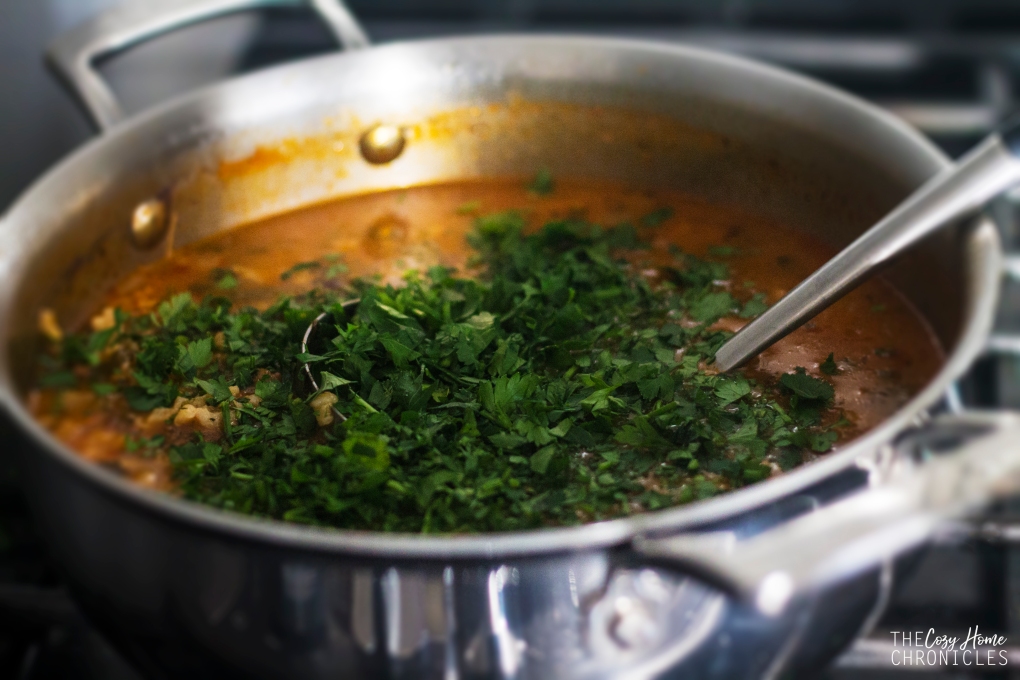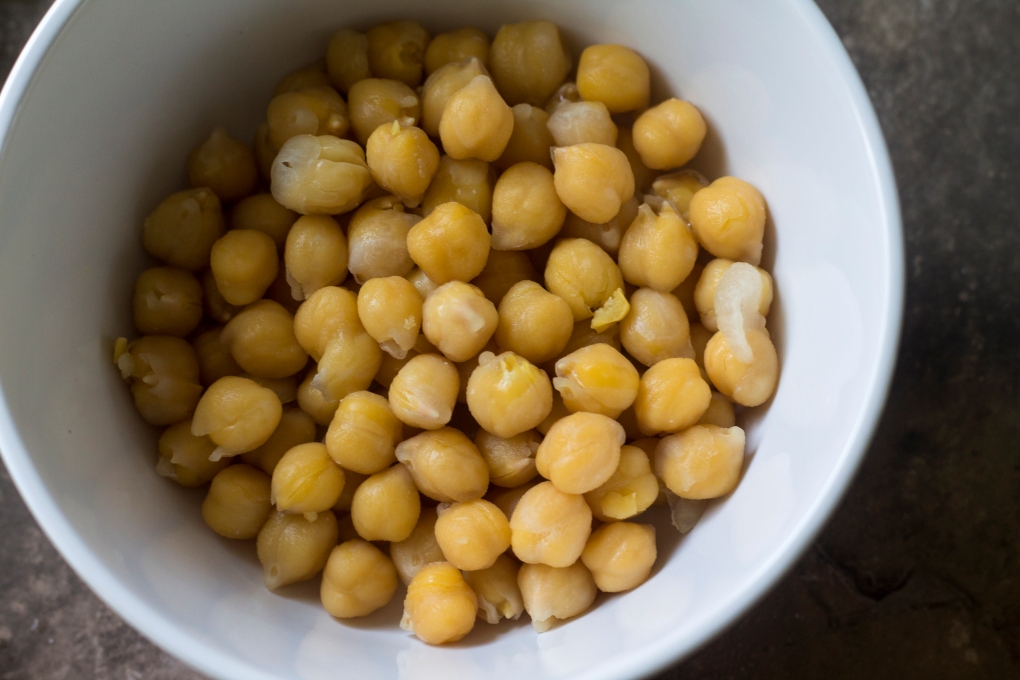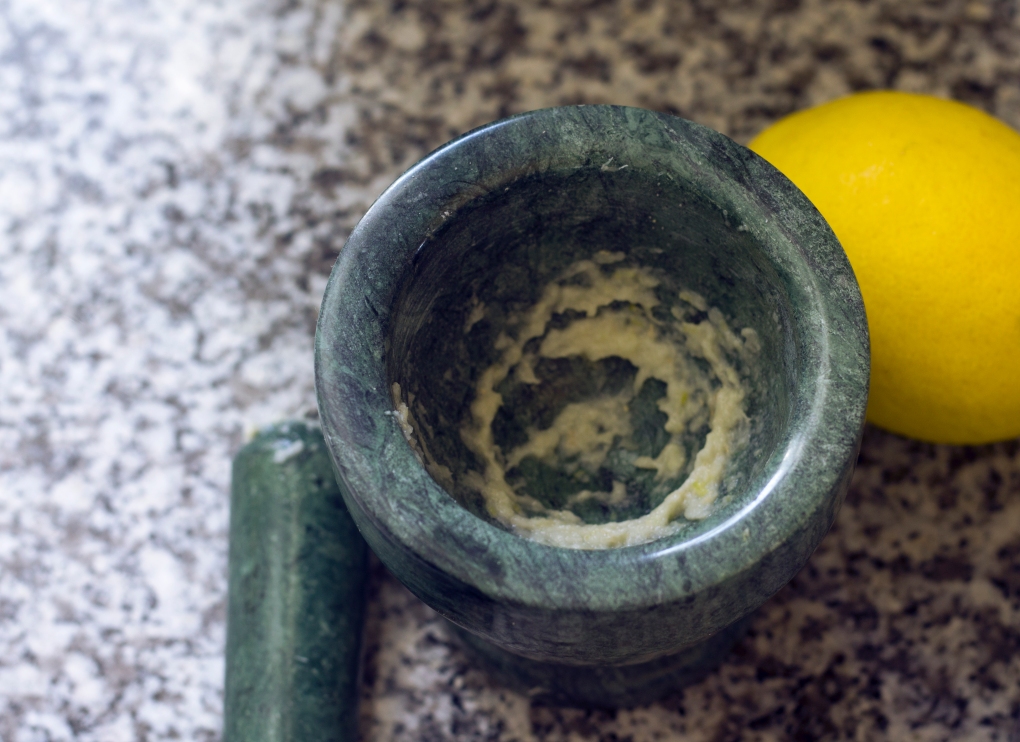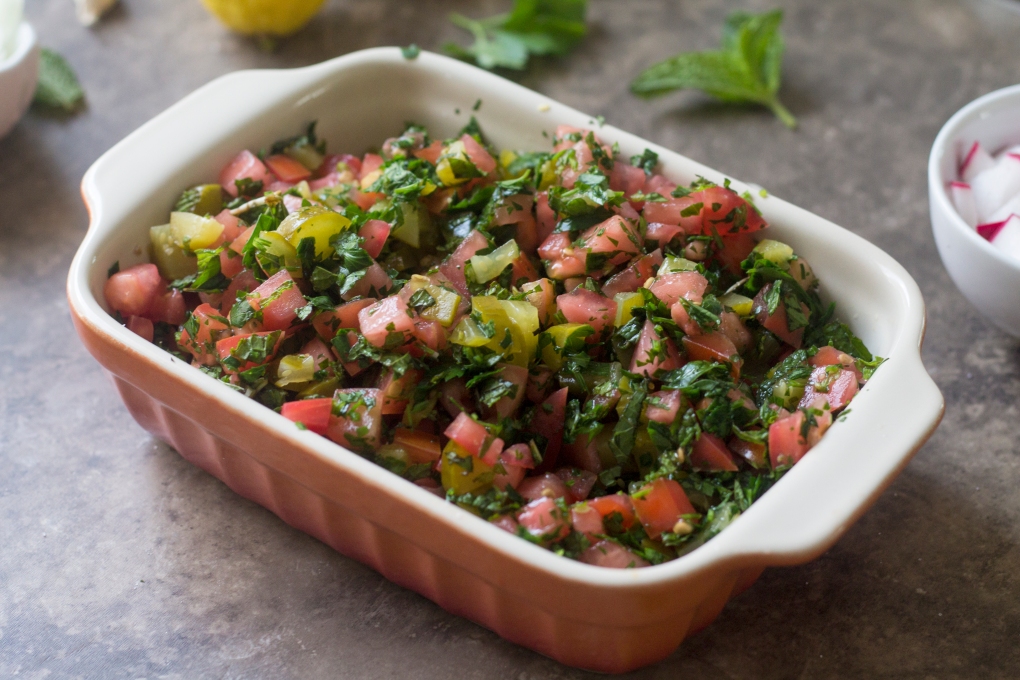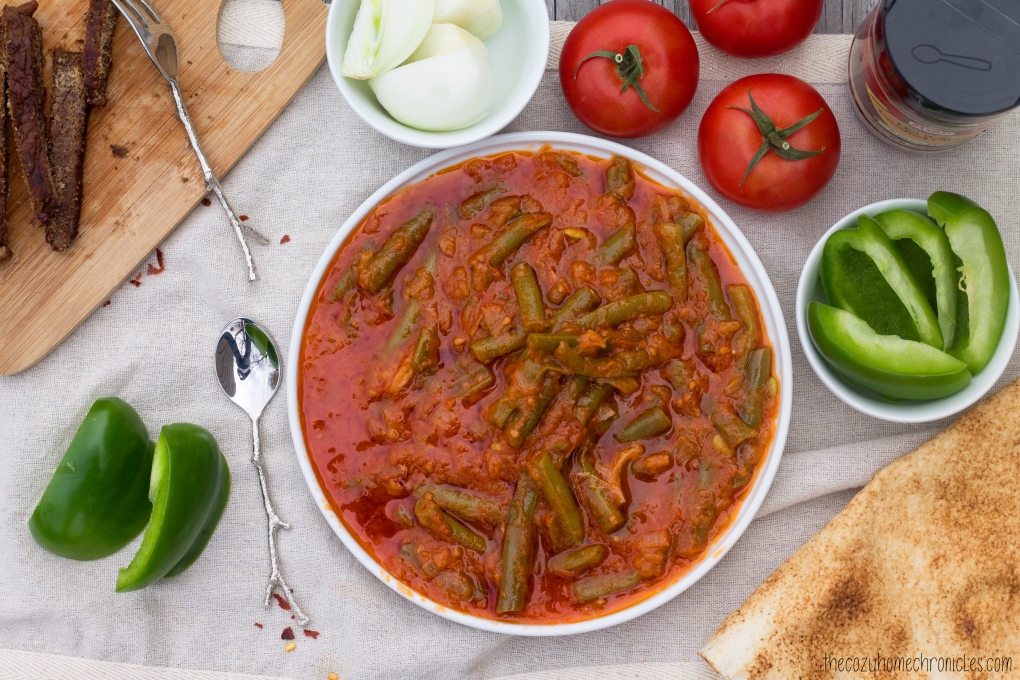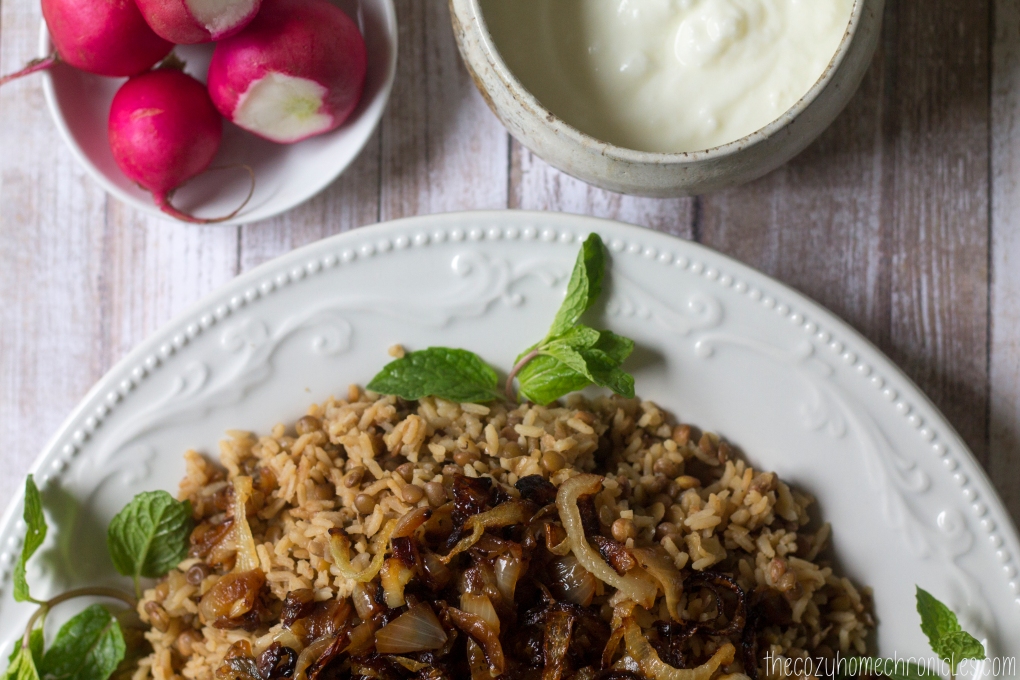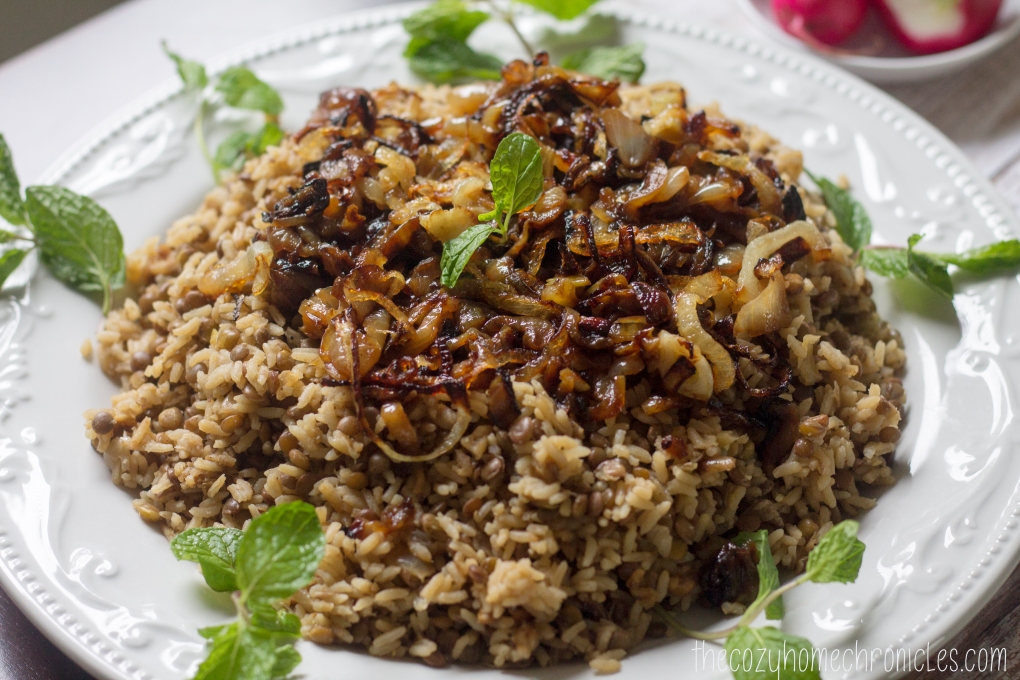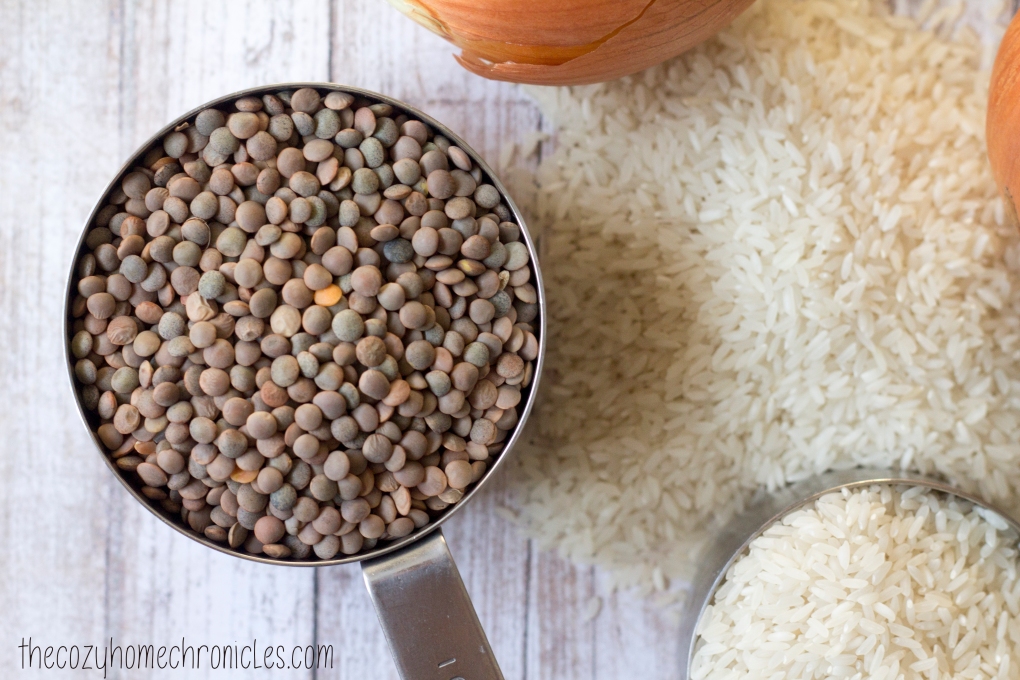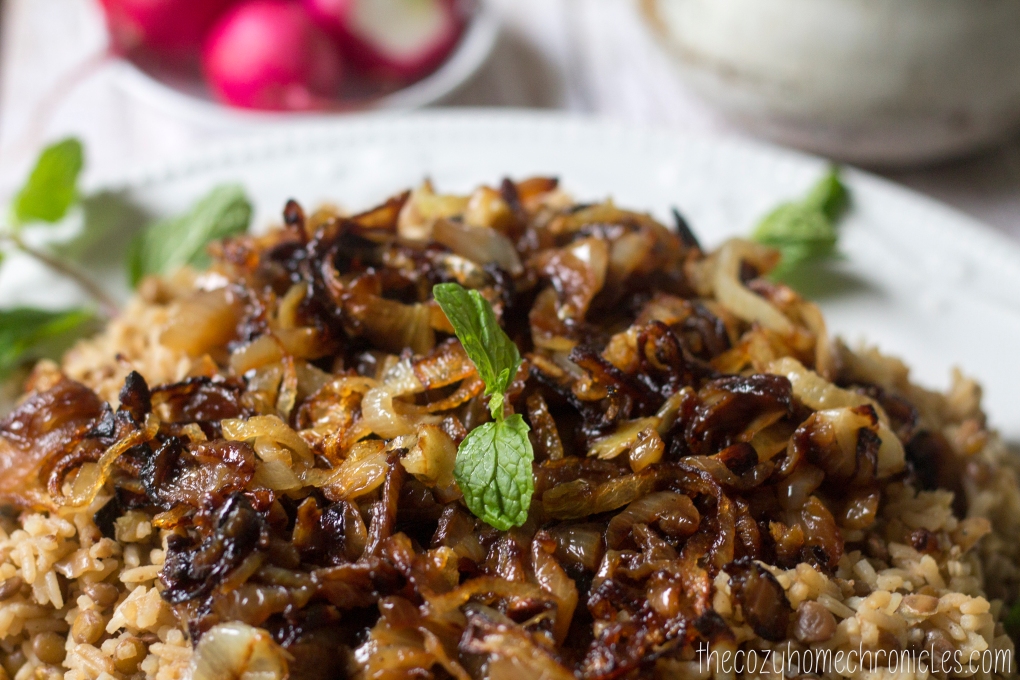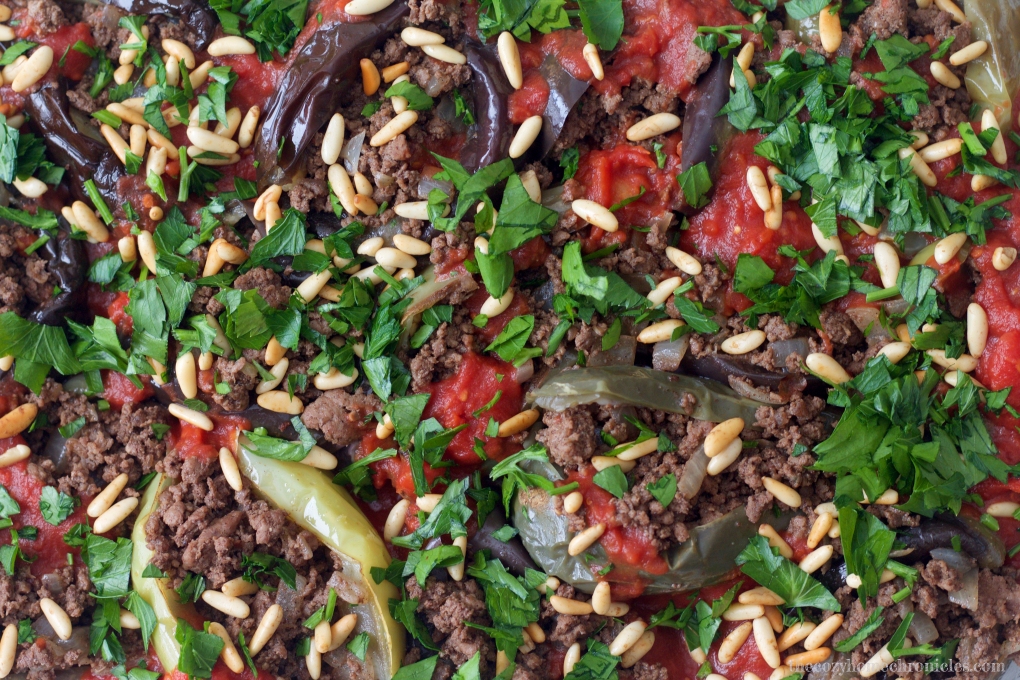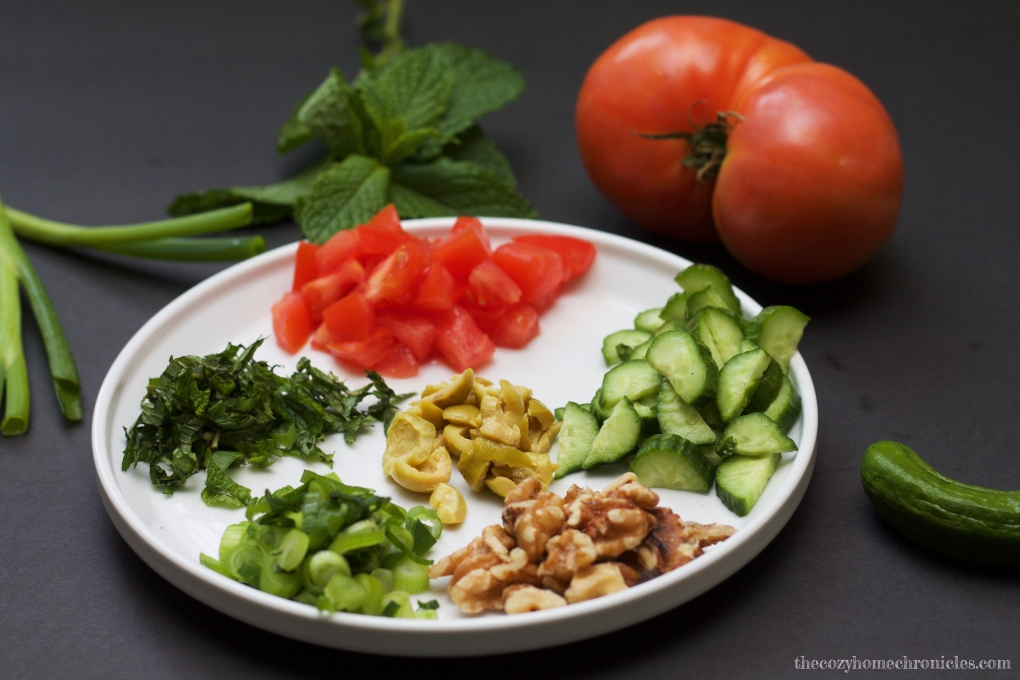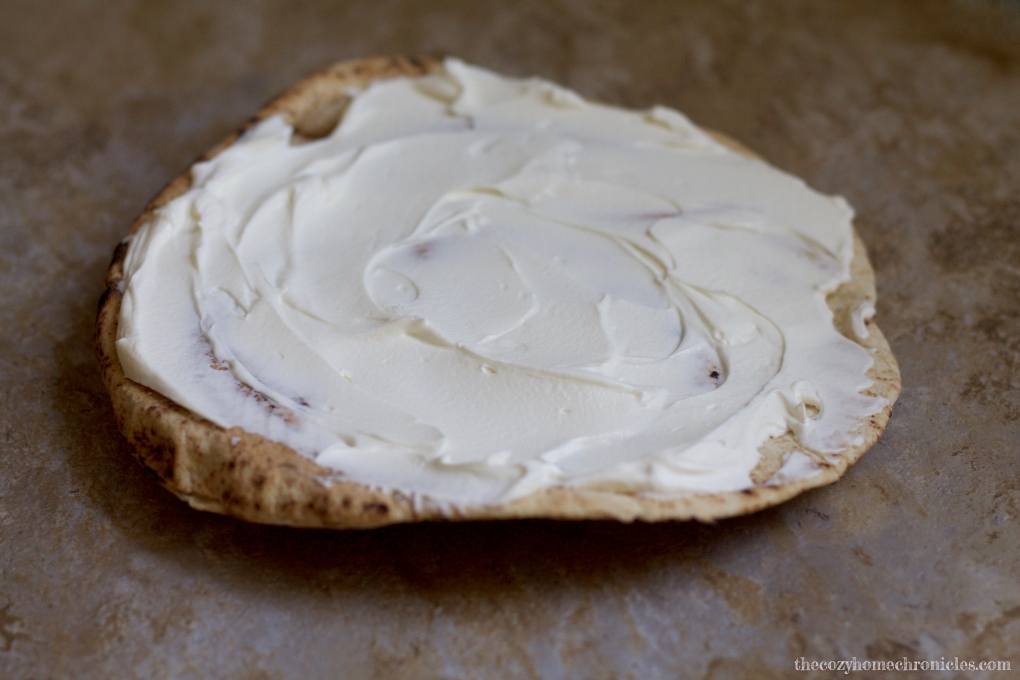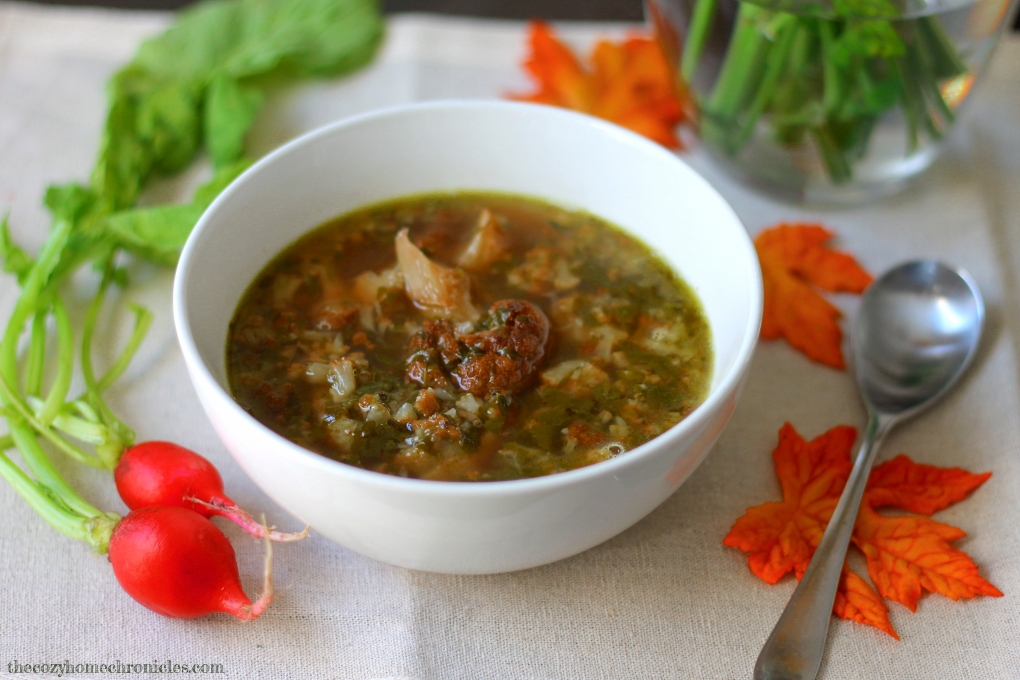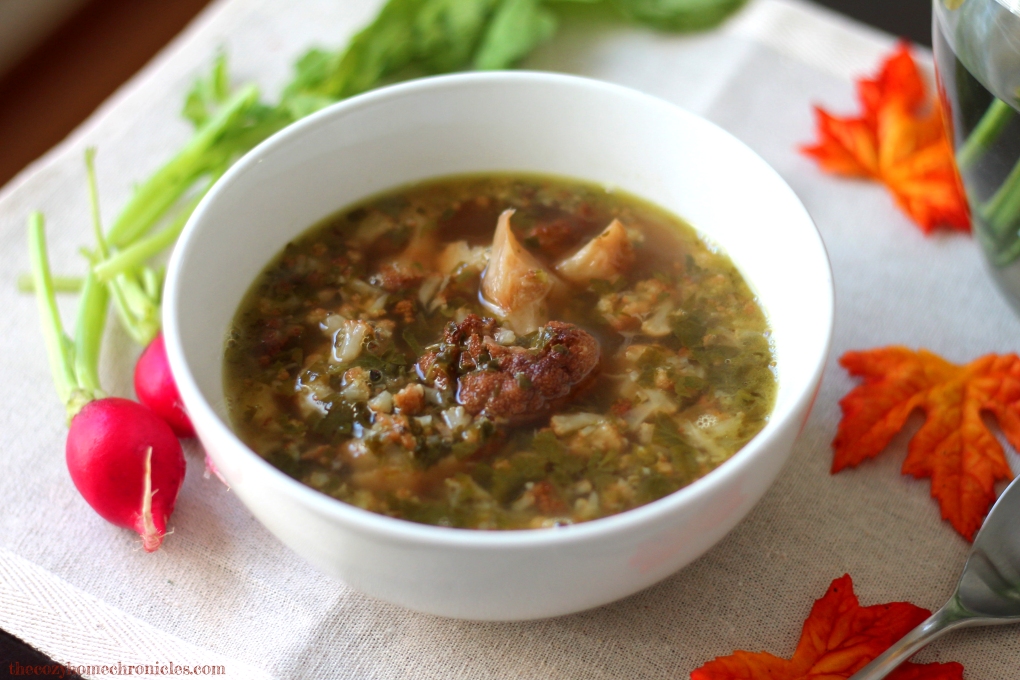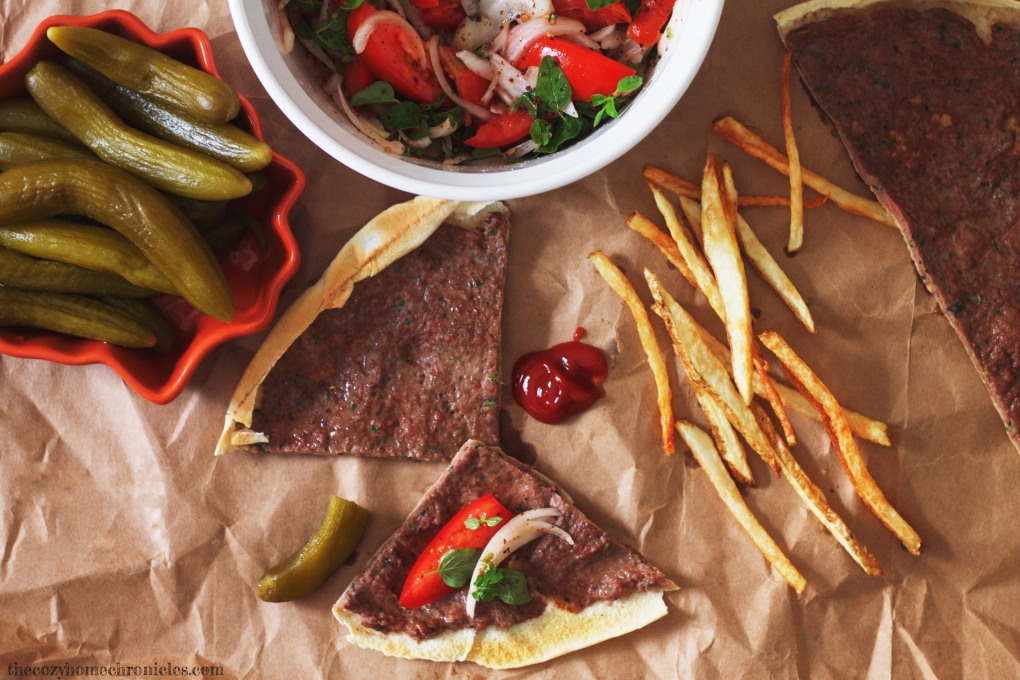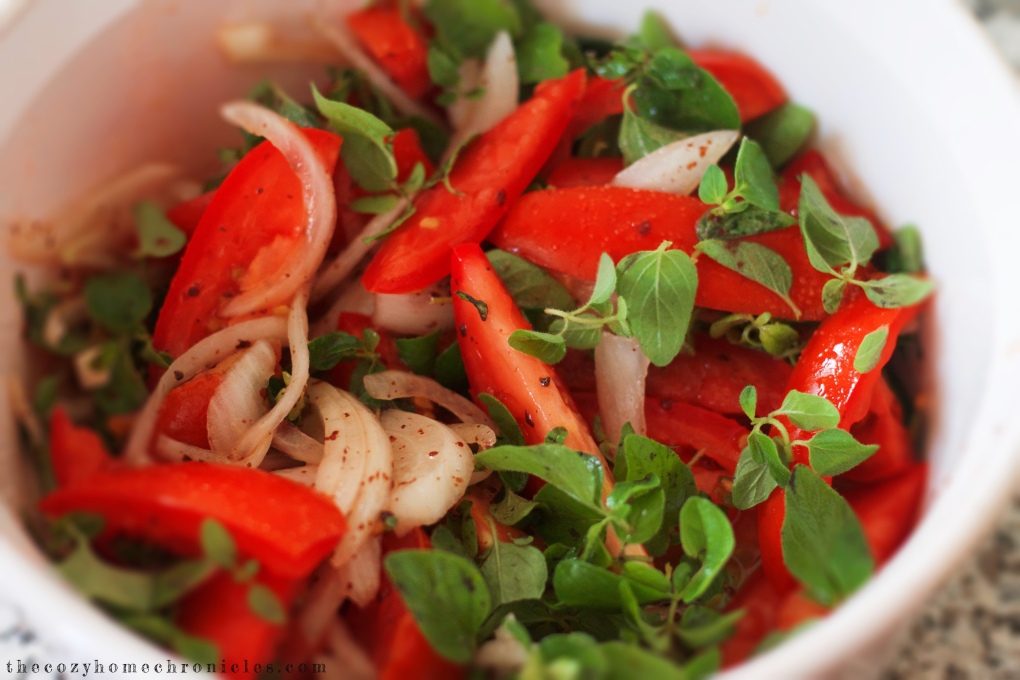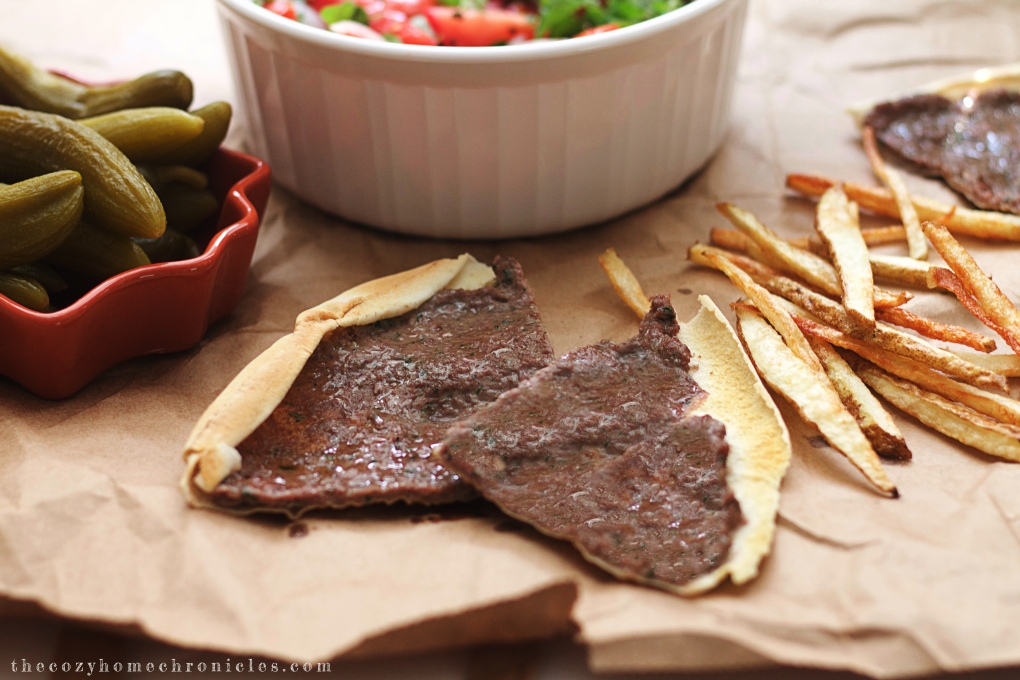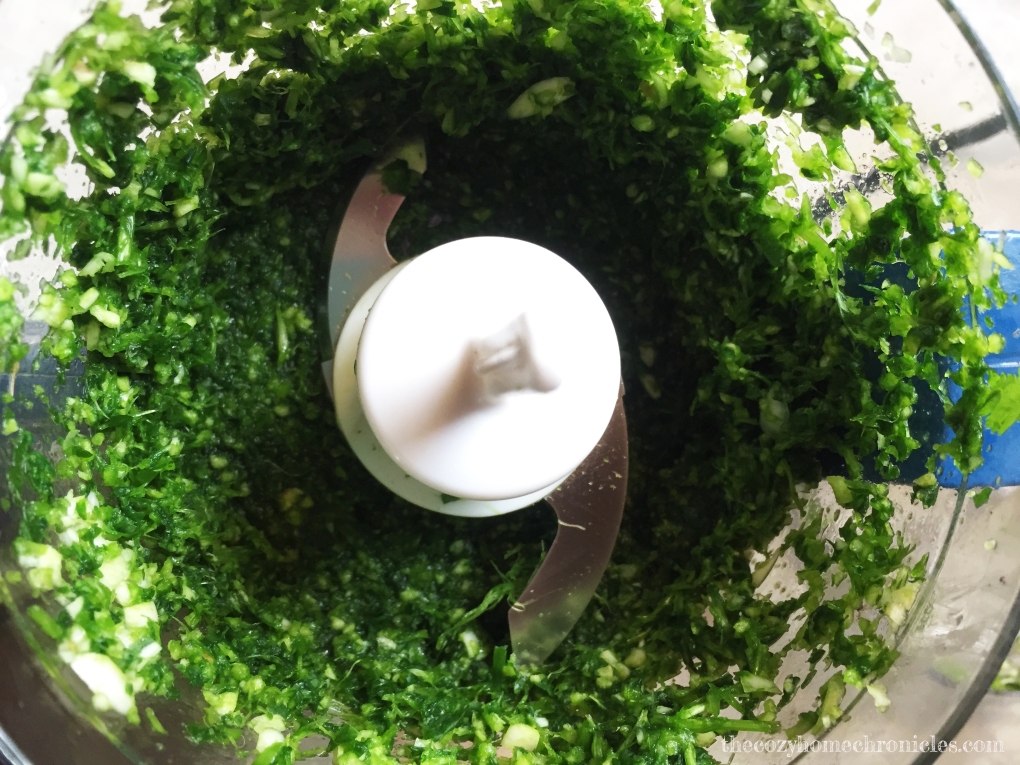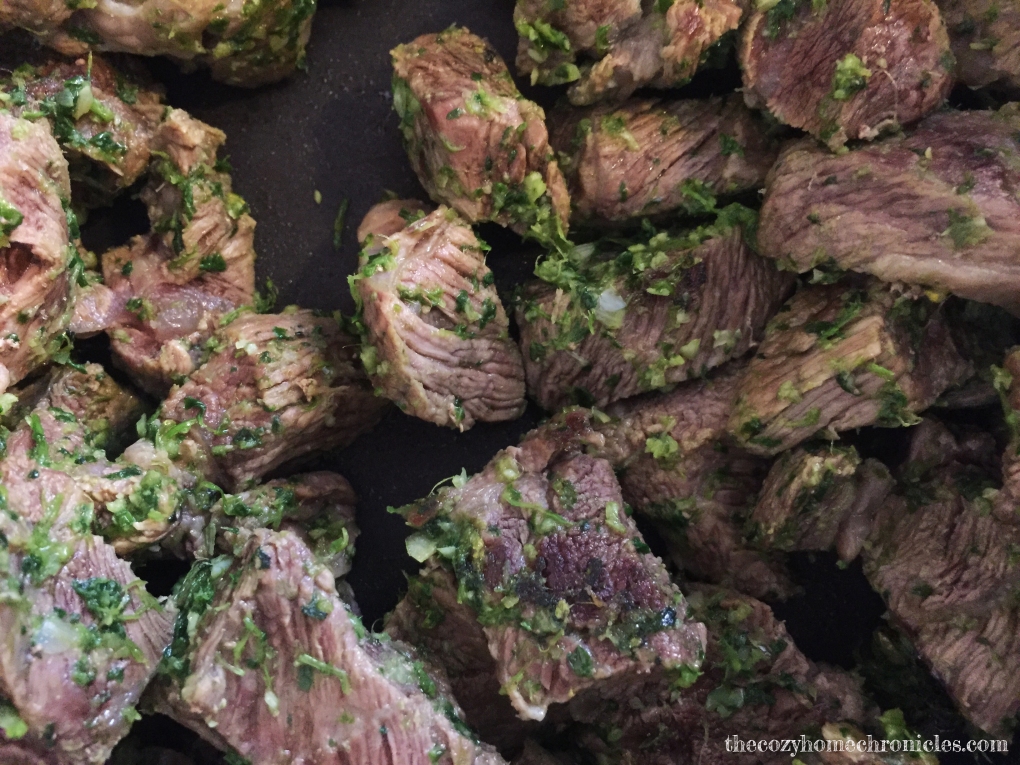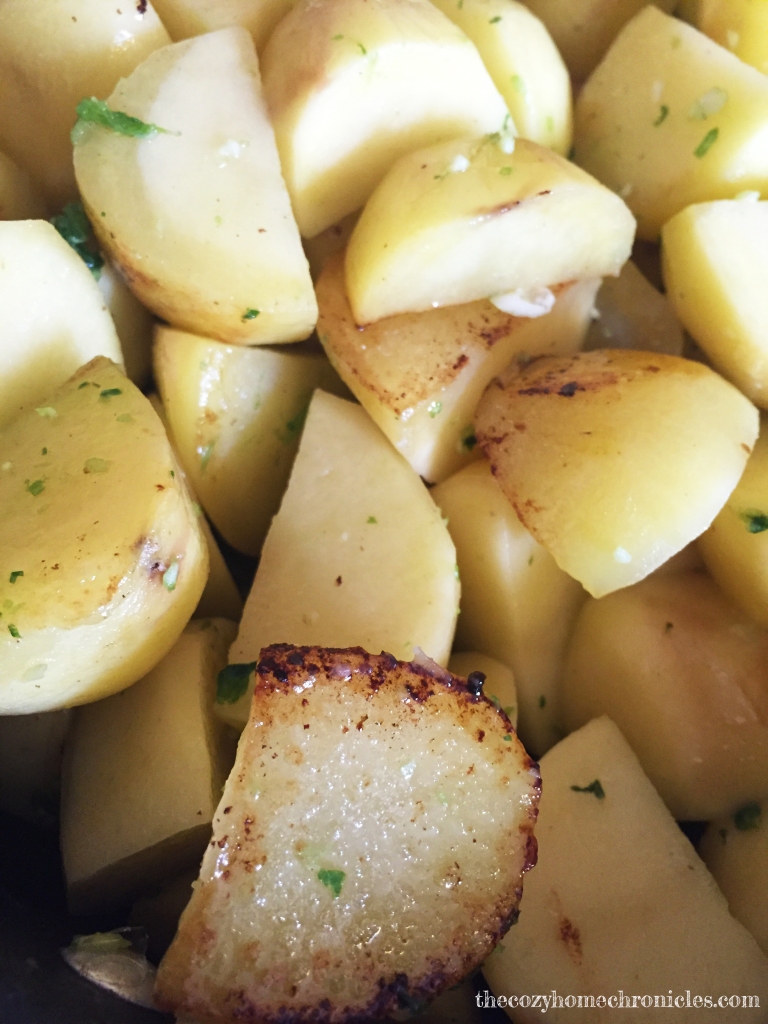My son, who will be turning three later this summer, recently started this weird picky eating phase some time in November. Where before he would eat EVERYTHING, he is now much more cautious and often downright rejective. One thing he has not lost, however, is his love for oats. Hot oatmeal, granola, overnight oatmeal, muesli….anything with oats (even with nuts and dried fruit), he will eat. For the sake of variety, I’ve been experimenting with different ways of preparing them and I’m happy to share today one of my successful creations that I’ve been meaning to post for quite some time now.
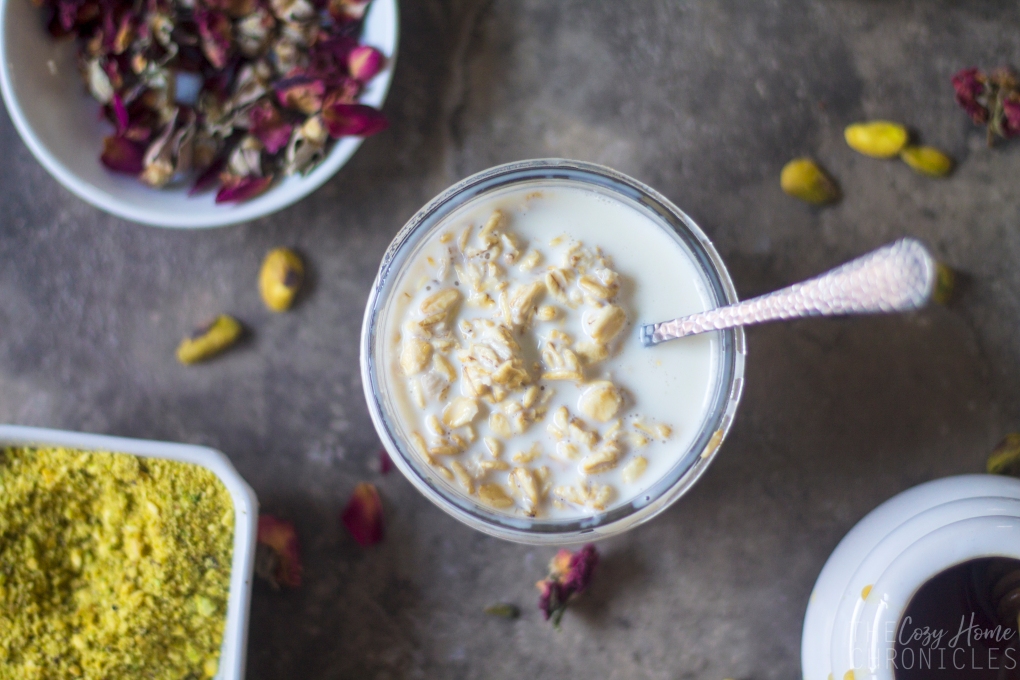
This specific overnight oatmeal recipe was inspired by the flavor profile of Middle Eastern sweets, specifically that of Ashta; a Lebanese clotted cream used as a filling in phyllo pastries and other desserts. From the creaminess of the milk, the fragrant sweetness of orange blossom and rose water, to the nutty bite of the pistachios, this nutritious breakfast will feel like an utter treat. The best part is that it’s naturally sweetened and there is no cooking required; the oats soften overnight as they soak in the milk. You can make them in a bowl if you’re eating breakfast at home or you can pack them in little mason jars for a quick breakfast on the go. According to the Minimalist Baker, one of my favorite food bloggers, overnight oats keep in the refrigerator for up to 2 days, but are best eaten within the first 12-24 hours so you might not want to make them too far ahead of time. As long as you have your ingredients on hand, you can whip one up every night in well under 10 minutes. Alright, let’s make some Middle Eastern dessert for breakfast!

Ashta Overnight Oatmeal
Ingredients
1/2 cup of Old Fashion Rolled Oats (We prefer Bob’s Red Mill Regular or Organic)
1 cup of unsweetened milk of choice
1 teaspoon orange blossom water
1 teaspoon rose water
1 tablespoon honey (more if you like it sweeter)
Toppings
Quality Honey
Ground pistachio, unsalted
Dried rose petal
Notes:
*Serving size: 1.
*If you want your overnight oats to have a thicker, slightly gelatinous texture like pudding then add 1-2 tablespoons of chia seeds. My husband isn’t a fan so I leave them out.
*If you’re not a vegan and would like some extra richness and creaminess, you can add 1-2 tablespoons of ashta or greek yogurt.
* I purchase my pistachios whole from Trader Joe’s and grind them myself in a small food processor.
Directions
1. In a bowl or mason jar, add milk, honey, orange blossom water, and rose water. Stir to combine.
2. Add in the oats and stir until all the oats are fully immersed in the liquid.
3. Cover securely and place in the fridge overnight.
4. The next morning, take your container out of the fridge and stir the mixture. . Drizzle with quality honey and top generously with crushed pistachios and rose petals. Enjoy
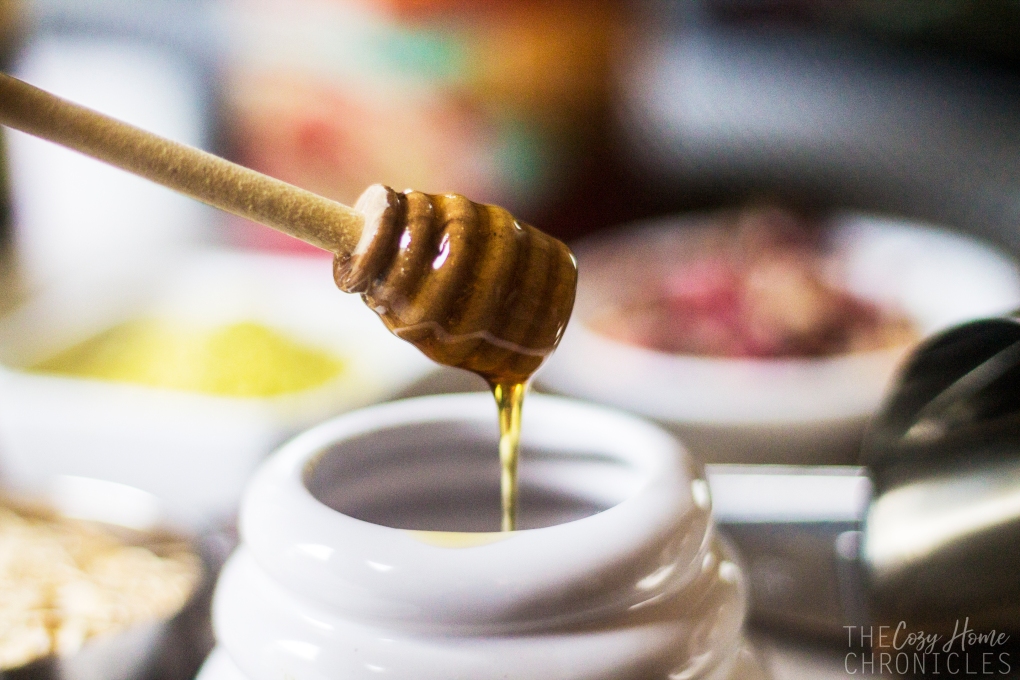

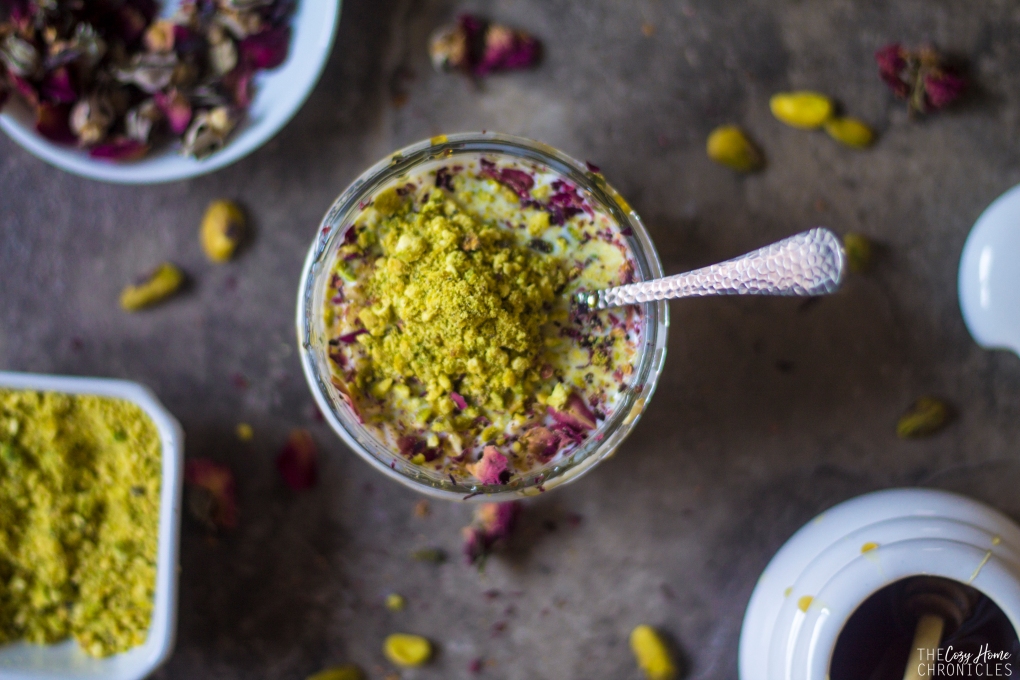
What are your favorite ways to eat oats? We would love to hear from you in the comments below and if you try this recipe, share your thoughts and tag us on Instagram so we can see. And as always if you enjoyed this post, please follow us and share.








